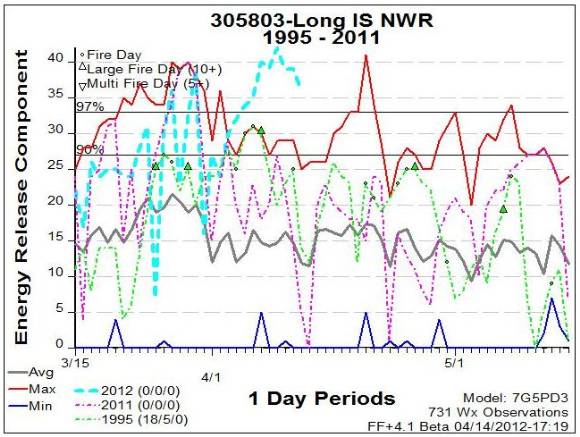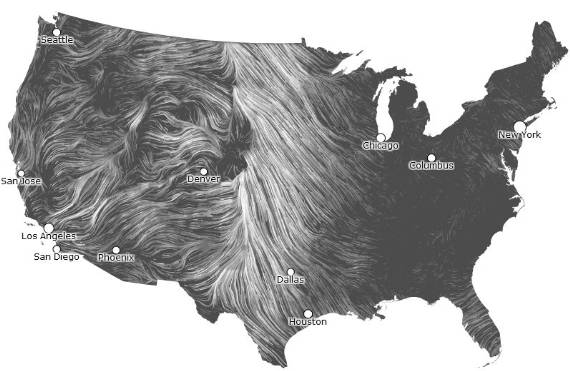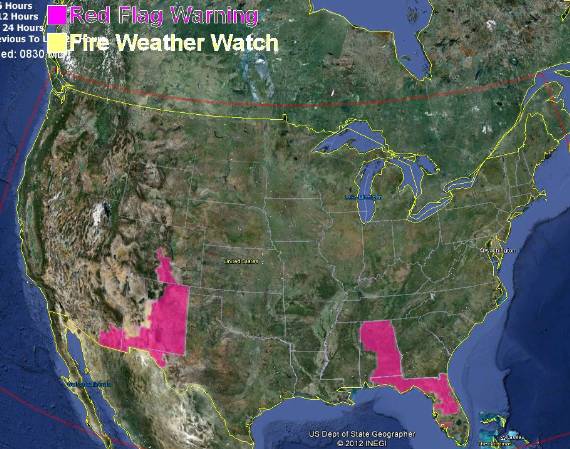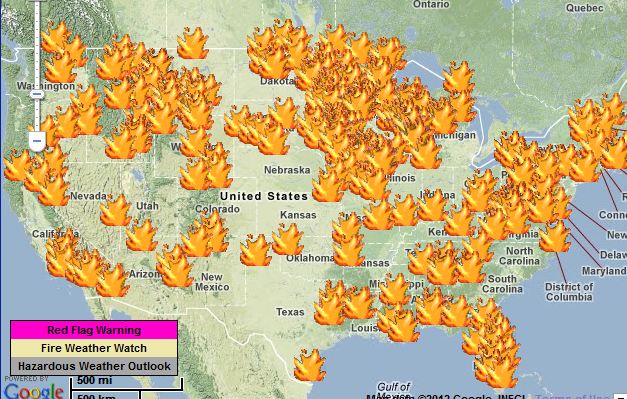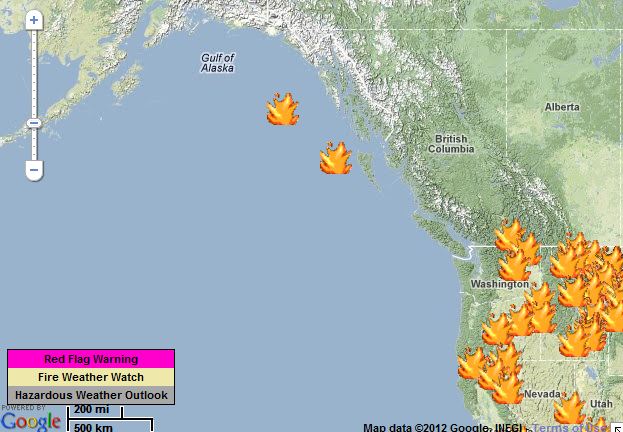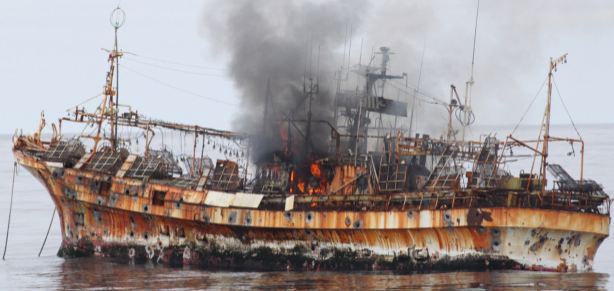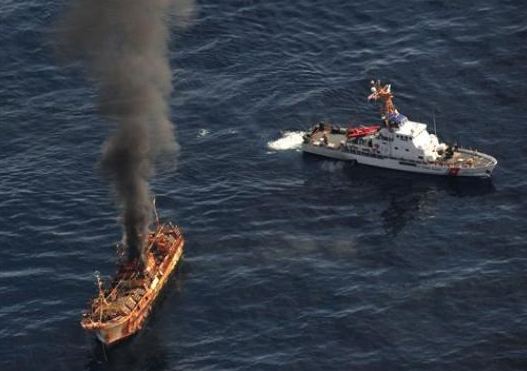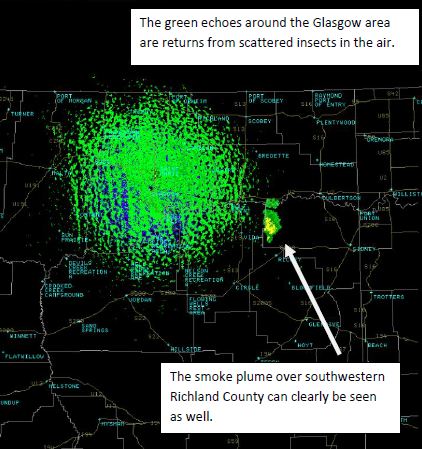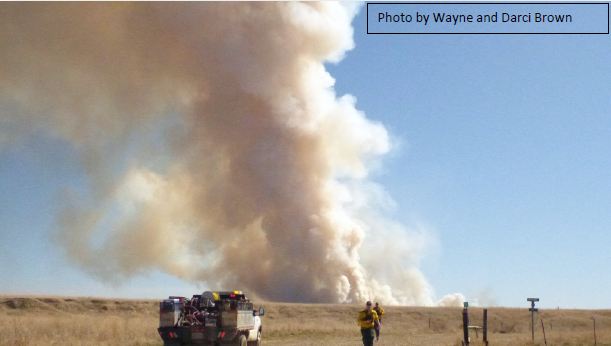The April 9 fires on New York’s Long Island were described by Steve Bellone, the Suffolk County executive, as being “The most serious fire incident we’ve had since the 1995 wildfire”. The fire weather station near Brookhaven on Long Island, New York is setting records for extreme fire danger. As you can see in the graph above, the Energy Release Component is running extremely high this Spring, even higher than in 1995. The ERC describes how hot a fire will burn, and is related to the available energy (BTU) per unit area (square foot) within the flaming front at the head of a fire. Daily variations in ERC are due to changes in moisture content of the fuels (vegetation) present, both live and dead. More graphs showing additional fire danger indices for Long Island can be found on the Eastern Area Coordination Center’s web site.
All of this data helps to explain the nearly unprecedented fire behavior being seen on fires in the area. When we posted the video interview with the local firefighter who became entrapped on April 9 and was seriously burned, Tom Plymale commented about the recent incident:
I was on the 1995 Sunrise fire and personally saw 5 of these burned up “stumpjumpers”. What I learned from talking to locals is they got quite a few wildland fires in the Pine Barrens but they are typically small and easily handled. The lack of fire behavior training and experience during extreme burning conditions is what they lacked. After 1995, there was a group put together to try and help these folks get better training but its been 17 years and they could have a whole new generation of people there. Just my opinion.
The 1995 fire and the “CNN Drop”
The Sunrise fire in late August of 1995 burned about 7,000 acres on Long Island, exhibiting fire behavior most firefighters had never seen in that area. The fire is infamous among wildland firefighters for the battle between a U.S. Senator from New York, Alfonse M. D’Amato, and the Type 1 Incident Management Team running the fire. D’Amato called President Bill Clinton, who was vacationing in Grand Teton National Park in Wyoming, and told him that he wanted military C-130 Modular Airborne FireFighting System (MAFFS) air tankers to help put out the fire. (As a side note, that First Family vacation was in itself an Incident for the local parks and national forests, and the impacts of it were managed by a National Park Service Incident Management Team, with this author as Planning Section Chief).
After talking to the president, D’Amato held a news conference, telling reporters that the C-130s were on the way. But the IMTeam had not ordered any large air tankers, and the fires were nearing containment using only some smaller air tankers and 12 helicopters. D’Amato went to Long Island, and wearing a Fire Chief’s turnout coat, met with several high-ranking FEMA officials, Department of Agriculture executives, and the IMTeam. He was told the C-130s were not needed on the fire. The Senator vehemently insisted, and ultimately a request was placed for two C-130 air tankers from an Air National Guard base in North Carolina, along with a third plane carrying support personnel. When the aircraft arrived, the fire was contained, but an area was found that had a little grass still burning near a highway, with plenty of room for TV trucks. A C-130 was directed to drop there, but before it could release its load a warning light came on in the cockpit and it had to return to the airport. The second C-130 was ordered to make the drop on the still-smoldering grass, and it did, to the delight of the media and Senator D’Amato.
This incident may be one of the first times the term “CNN Drop” was used to describe an air tanker drop whose primary objective was to placate local residents, politicians, and the media.
Thanks go out to Tom and Midwest


